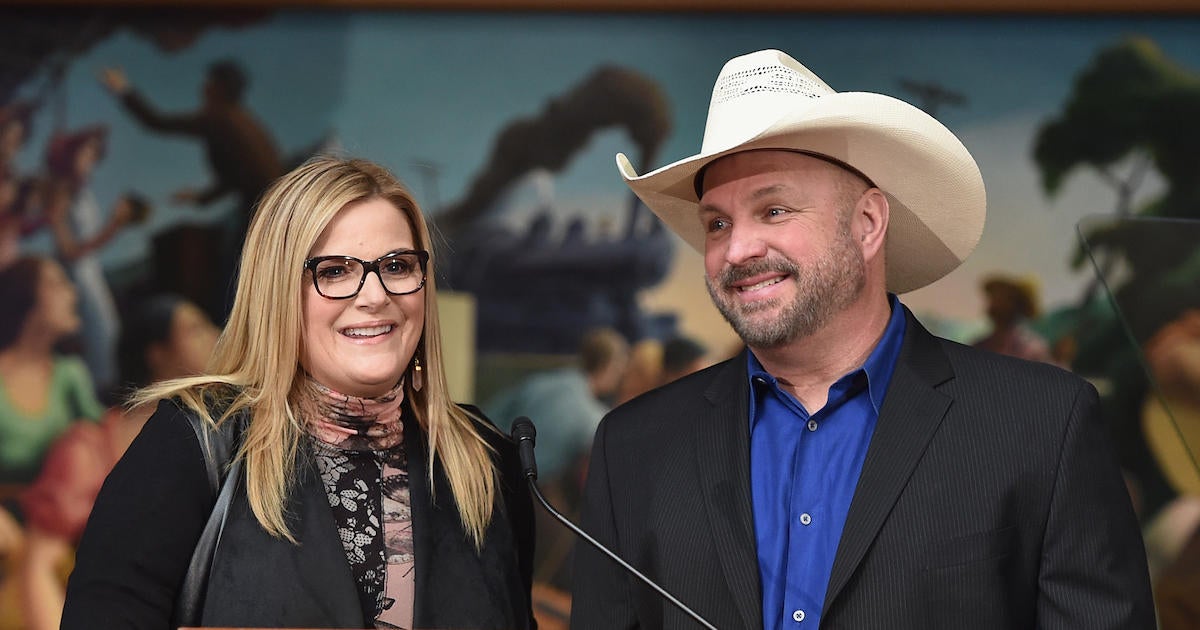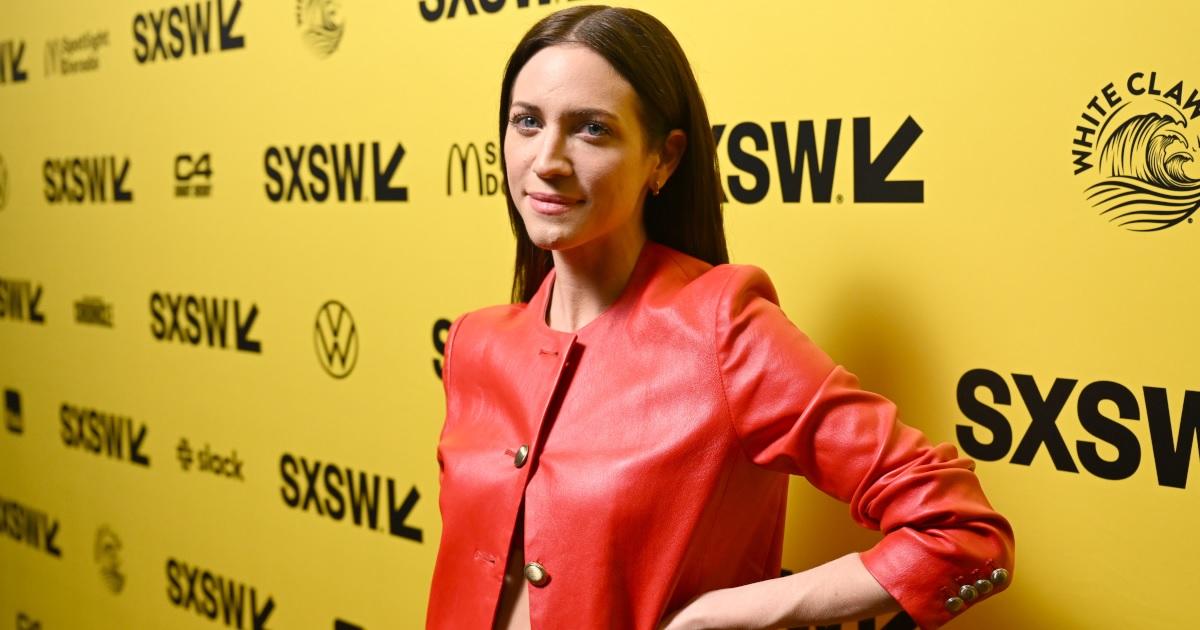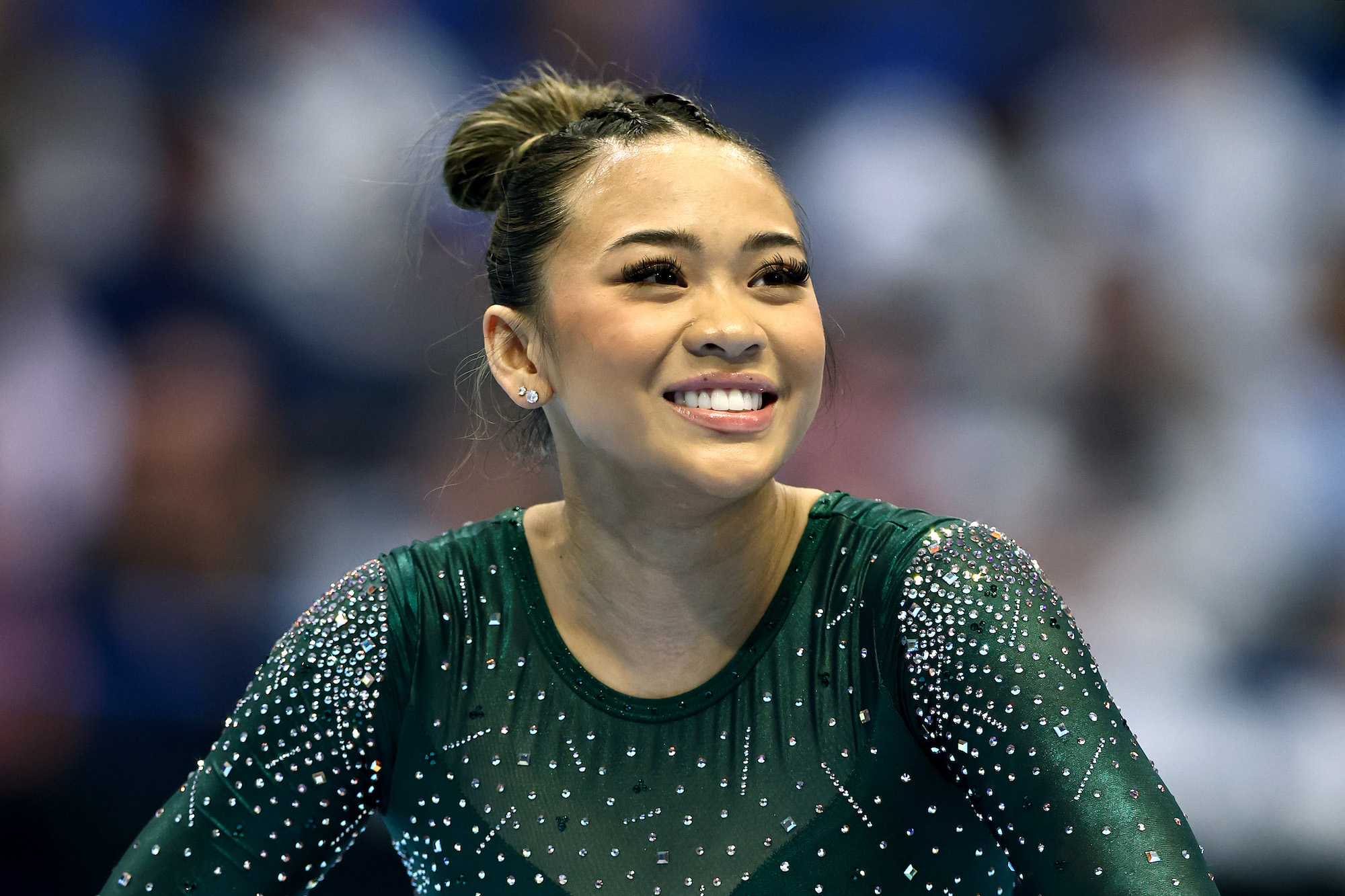Joe Hisaishi Is Studio Ghibli’s Unsung MVP
Friday marks the U.S. release of The Boy and the Heron, the dazzling new opus from master animator and Studio Ghibli cofounder Hayao Miyazaki. To honor the occasion, The Ringer hereby dubs today Miyazaki Day, a celebration of the legendary filmmaker’s career. Read on for essays about the director and his collaborators, and to read our review of The Boy and the Heron, click here.
Many factors contribute to Hayao Miyazaki’s mastery of the animated medium. His imaginative worlds. Their impeccable art design. A unique blend of nature, magic, and technology, all of which fascinate the 82-year-old creator, who has just released his maybe-final film, The Boy and the Heron.
That list leaves out one very important yet underrated piece of Miyazaki’s success: a collaborator who not only hasn’t won an Oscar, but has never even been nominated for one. Composer Joe Hisaishi, who’s worked on all 11 films Miyazaki has directed since 1984’s Nausicaa of the Valley of the Wind, is Studio Ghibli’s unsung MVP.
I will admit up front that I know almost nothing about music theory. I’m just a naive listener who’s passionate about these soundtracks. Watch this video if you want to understand more about the actual composition principles that help Hisaishi’s scores resonate.
But from my uneducated perspective, the 73-year-old Hisaishi’s greatest strength is his versatility. Even though many of Miyazaki’s protagonists occupy similar roles, he makes very different movies, from close character studies to delightfully strange fantasies to sprawling environmentalist sagas. And Hisaishi—whose real name is Mamoru Fujisawa; his pen name is inspired by Quincy Jones—manages to keep pace with those changes in direction, using each soundtrack to reflect the genres at hand.
“When I look back I’m amazed that I could write music for these very different films,” Hisaishi told The New York Times recently.
His music can convey an epic scope, as it does throughout Princess Mononoke and Castle in the Sky. It can be playful, as in Howl’s Moving Castle’s “A Walk in the Skies” and Porco Rosso’s “Flying Boatmen.” It can be romantic, as with “The Flower Garden” from Howl’s and the opening song from The Wind Rises.
And while Hisaishi’s work is often slower and focused on character, he can also score an action scene with the best of them. “The Dragon Boy” from Spirited Away is fast-paced and frantic, building and building and building until an ultimate crest and denouement.
The Ghibli soundtracks offer a wide variety in both substance and style. Some of Hisaishi’s pieces rely mainly on a lone piano, like the powerful “Ask Me Why” from The Boy and the Heron. For others, he calls on choirs. He also evinces an electronic influence, especially in his earlier work on Nausicaa and My Neighbor Totoro.
All the while, he terrifically fuses Eastern and Western influences. Hisaishi’s music “connects with people, regardless of their culture, and that’s really powerful,” James Williams, the managing director of the Royal Philharmonic Orchestra in London, told The New York Times last year. “What Joe has done is somehow retain that integrity of Japanese culture, brought in that Western tonal system and found a way for the two to retain their identities in perfect harmony.”
That nimbleness allows Hisaishi to tap into the emotions of so many varied characters, which he describes as his chief goal when scoring Miyazaki’s films. “It’s about emotion, something the character might be feeling,” Hisaishi told the Times.
Thus he offers the melancholy of Spirited Away’s “One Summer’s Day” and the hopefulness of Kiki’s Delivery Service’s “A Town With an Ocean View”—pieces that both score the opening adventures of two young girls yet diverge in mood as they parallel the heroines’ opposing outlooks on life.
“A Town With an Ocean View” might not be my absolute favorite Hisaishi track—it’s near the top, but if I had to pick just one, I might lean toward the wistfulness and grandeur of Nausicaa’s opening theme—but I consider it the most emblematic of what makes his work so appealing. When it starts to play in Kiki’s, the titular witch is just arriving in said town, enthusiastic about exploring the world and in awe of all the new sights and sounds around her. The peppy, vibrant music perfectly captures this open-minded, inquisitive, coming-of-age sensation.
In a sense, all of Miyazaki’s movies channel this desire for exploration. If there’s another common thread among Hisaishi’s compositions, it’s an ability to convey this feeling of curiosity and mystery, as at the start of Kiki’s, in Spirited Away’s “A Road to Somewhere,” and throughout much of The Boy and the Heron.
Miyazaki’s creations shine because they fill viewers with a sense of wonder and blend the fantastical with the personal, and Hisaishi’s soundtracks are a crucial component in balancing the two poles. “San and Ashitaka in the Forest of the Deer God” is almost religious in its invocation of awe, yet it also keeps the characters centered in a key moment in the Mononoke tale.
I admit I have a personal bias toward Hisaishi because of my connection to his music. At our wedding last year, my wife walked down the aisle to Howl’s Moving Castle’s “Merry-Go-Round of Life.” And mere days after pitching this piece to my editor, I discovered that Hisaishi was my top artist for 2023 on Spotify Wrapped.
:no_upscale()/cdn.vox-cdn.com/uploads/chorus_asset/file/25142495/IMG_0323.jpg)
There’s a reason for this ranking: My wife and I moved this year, and we used a Ghibli playlist as background accompaniment while packing, unpacking, painting, and building new furniture. (We joked while listening that we were the “Very Busy Kiki” the track references.)
After all that listening, I can say with confidence that Hisaishi’s music works outside the context of the films too. There’s a reason that so many YouTube videos of Ghibli music collections have millions of views. Hisaishi’s pieces have—and this is a very technical music term—good, relaxing vibes. He’s also done plenty of accomplished work beyond these soundtracks: other film scores, solo albums, a concert tour.
Yet it is his partnership with Miyazaki for which he is best known, and it’s in Miyazaki’s movies that his melodies resonate strongest. Hisaishi and Miyazaki really are animation’s answer to John Williams and Steven Spielberg. (Except unlike Hisaishi, Williams has five Academy Awards and 53 nominations. Give Hisaishi his proper due, Academy voters!)
At this point, I am half-inclined to just keep listing tracks that work so wonderfully. I’ve barely even touched on Totoro or Castle in the Sky or half of the beautiful melodies in Spirited Away. But there’s a new task at hand, because the Boy and the Heron soundtrack is now available. My favorite so far is either “A Trap,” which is fast and tense, or “Sanctuary,” which swings the other direction: slow and calming. But it’s still early. I have a lot more listening to do.






